Everyone knows that in order to avoid water hammer, shut-off valves must open and close smoothly, especially in the "99% closed" position.
Water hammer does not disappear when the valve is closed.
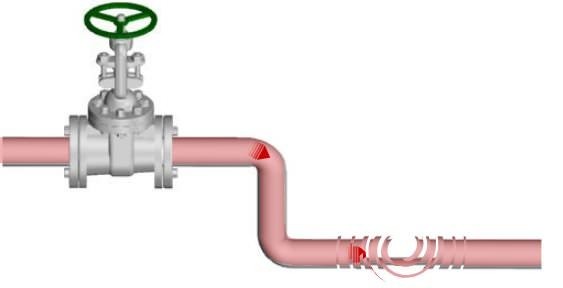
But there are times when slow closing does not help and water hammer continues to occur even after the valve is completely closed.

This is due to the instantaneous condensation of steam in the condensate present in the pipeline or due to the appearance of a wave in the same condensate.
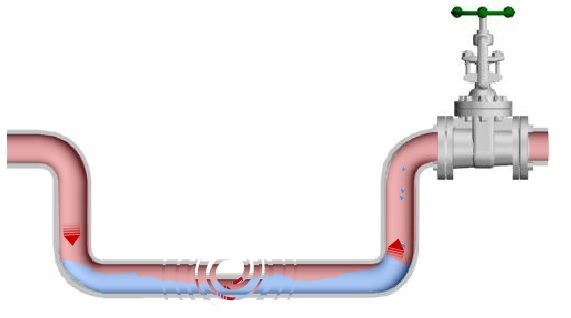
In steam lines, this is the result of lack or insufficient drainage. In the condensate pipeline, the wave is created by secondary boiling steam in cases where the diameter of the pipeline is narrowed as a result of incorrect calculation.

On straight sections (with no profile change), a wave leading to a water hammer is formed when the level of filling the pipeline with condensate exceeds 80% of its height (in cross section).

Therefore, when designing a network of condensate pipelines, it is necessary to take into account the presence of a two-phase medium in it. In this case, the calculation according to the principle of choosing the diameter of the water supply is not permissible.
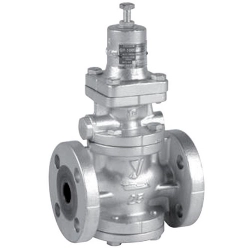 Reducing valve for steam Yoshitake GP-1000EN
Reducing valve for steam Yoshitake GP-1000EN
 Individual heating station of the heating system according to an independent connection scheme
Individual heating station of the heating system according to an independent connection scheme
 Centrifugal steam separator OPEKS-1-SC16-1-F50
Centrifugal steam separator OPEKS-1-SC16-1-F50
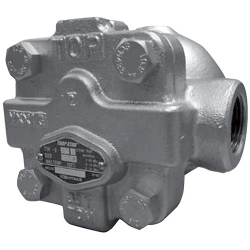 Float steam trap Yoshitake TSF-8-5 DN15
Float steam trap Yoshitake TSF-8-5 DN15
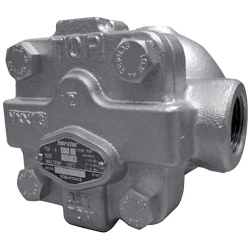 Float steam trap Yoshitake TSF-8-5 DN25
Float steam trap Yoshitake TSF-8-5 DN25
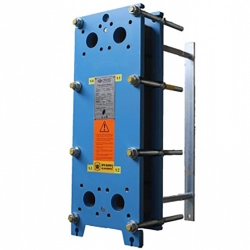 Plate heat exchanger THERMAKS РТА (GC)-16
Plate heat exchanger THERMAKS РТА (GC)-16
 Brazed heat exchanger SWEP B25T
Brazed heat exchanger SWEP B25T
 Brazed heat exchanger SWEP B25THx20
Brazed heat exchanger SWEP B25THx20
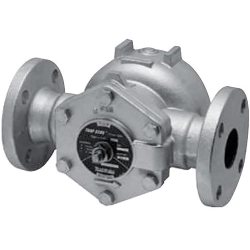 Float steam trap Yoshitake TSF-10F-10 DN15
Float steam trap Yoshitake TSF-10F-10 DN15
 Shell and tube coolers
Shell and tube coolers
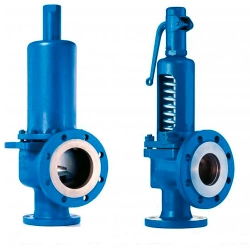 Safety valve LESER 441/442
Safety valve LESER 441/442


